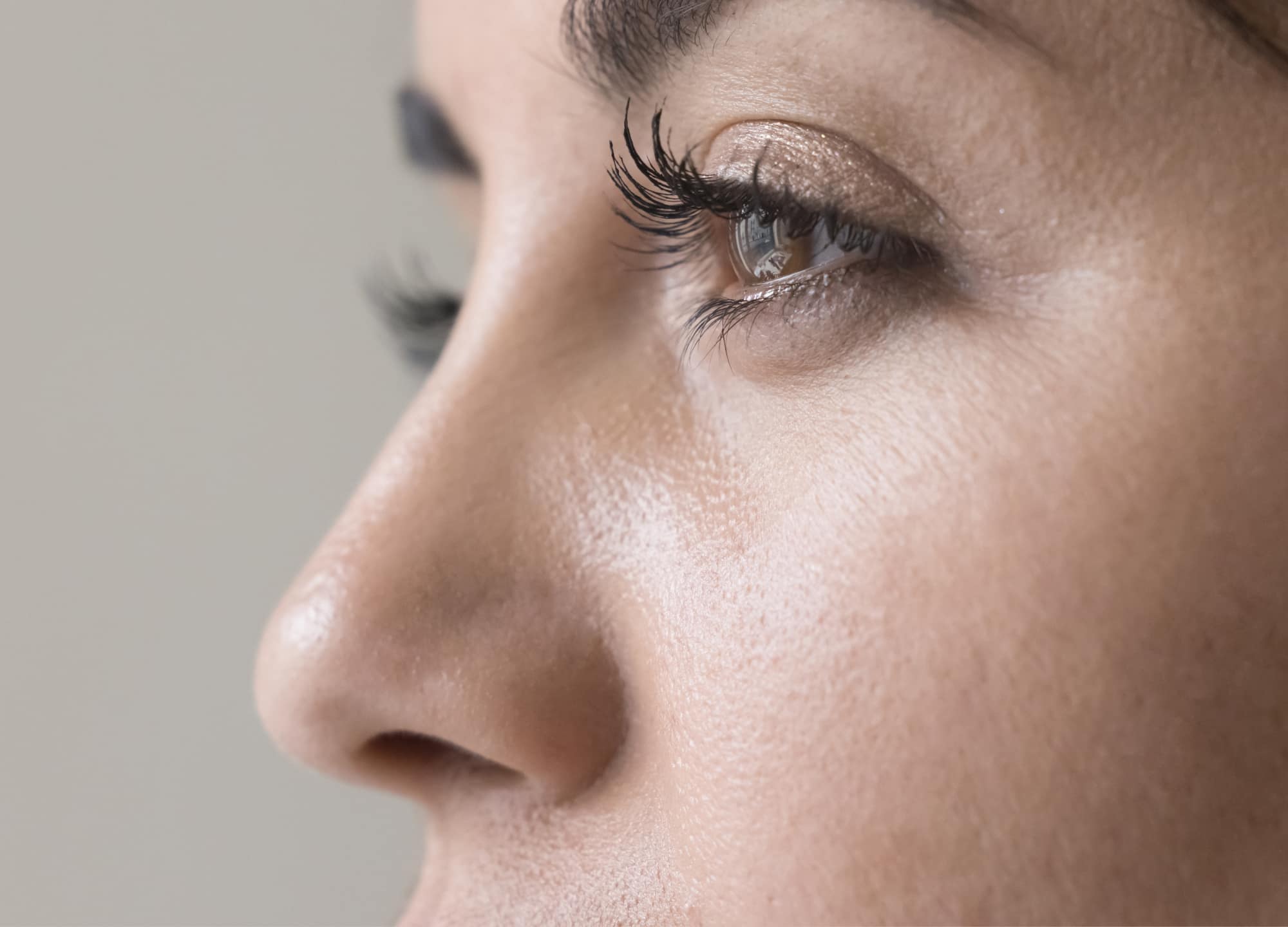Rhinoplasty has an impressive 91% Worth It Rating among RealSelf members, but if you’re considering a nose job, it’s important to keep in mind that not all are created equal. There are open and closed rhinoplasties, preservation rhinoplasties, and even nonsurgical liquid nose jobs and nose thread lifts. But there’s one type that you may have not yet heard of: ultrasonic rhinoplasty. Not necessarily a distinct type of surgery (nor is it new), but rather, it refers to a specific technique and tool used during the procedure. Here, top plastic surgeons explain exactly what it entails, the pros and cons, who is a good candidate, and more.
What exactly is an ultrasonic nose job?
“People call my office and say they want an ultrasonic rhinoplasty, as if it’s some entirely new surgery, but it really just refers to one part of the procedure where we use a different type of tool for reshaping the nasal bone,” explains Dr. Jacob Steiger, a board-certified facial plastic surgeon in Boca Raton, Florida. This tool is called a Piezotome or Piezo device; for this reason, an ultrasonic rhinoplasty is often referred to as piezoelectric rhinoplasty. This device delivers, you guessed it, ultrasonic vibrations at a very specific frequency of 25 kilohertz that affects only the bone, says Dr. Anil Shah, a board-certified facial plastic surgeon in Chicago. That means you could put it on top of a vein, an artery, soft tissue, or skin (you get the picture), and it won’t cut or affect it at all—which is why this device has some very unique benefits.
It’s worth mentioning that this ultrasonic technology isn’t new. Dr. Steiger notes that it was long popular in Europe, first in the field of oral surgery and then later in plastics, before it was FDA approved stateside in 2017.
What are the benefits of an ultrasonic nose job?
First and foremost, it allows surgeons to achieve a highly detailed result when making changes to the nasal bones. The Piezo device is much more precise and delicate than classic tools used for bonework, such as chisels or rasps, notes Dr. Steven Pearlman, a board-certified plastic surgeon in New York City. It also comes with multiple tips that can be swapped out, based on exactly how much and in what way you want to alter or contour the bone, offering a level of versatility that the traditional tools simply don’t have, he adds.
Secondly, you’re achieving these improved results without any damage to the lining under the bone or trauma to the surrounding soft tissue or cartilage. There’s less bleeding, which, in turn, typically manifests as less bruising and even faster healing, says Dr. Steiger.
Who is a good candidate?
Because the Piezo device works on bone only, it makes perfect sense that this is best reserved for patients who need a good amount of bone work. That could be everything from reducing a hump to helping someone who wants the bridge of their nose narrowed, Dr. Pearlman notes.
“However, if I’m just doing tip work, then there’s no benefit in using the device,” adds Dr. Steiger. For context, both he and Dr. Pearlman say that they use this tool in about 40–50% of all the rhinoplasties they perform; Dr. Shah says he uses it anytime he’s doing any kind of bone work.
All the doctors we spoke with also point out that the ultrasonic device can be used with both open and closed rhinoplasties. However, they also agree that it’s easier and more effective when used in open surgeries and is more commonly used in this scenario. When you put the tool under the skin (as is the case in a closed nose job), you won’t cut it, but because it is moving so quickly, that motion can heat up the skin and potentially cause burning, explains Dr. Pearlman. Plus the types of rhinoplasties where a Piezo device is most appropriate—those addressing asymmetric, wide, bony humps—are always performed as open rhinoplasties anyway, he adds.
Potential side effects
There really aren’t that many to speak of. Somewhat ironically, while there may be less bruising post-surgery, there might be more swelling, especially immediately after. “Because the device won’t cut through any type of soft tissue, you have to elevate the skin a bit more aggressively than you would otherwise, which can sometimes result in a little more swelling initially,” Dr. Pearlman explains. The only other minor drawback is that using a Piezo device does take more time, adding about 30 to 45 minutes to the surgery, says Dr. Shah. Still, the improved results it offers make this well worth any potential drawback, he notes.
The bottom line
You can’t just call up your plastic surgeon and request an ultrasonic rhinoplasty. But, particularly if you’re looking to make significant changes to your nasal bones, it’s worth looking into and discussing with your provider. Just remember that it’s not a magic bullet that will make up for a surgeon’s lack of skill. “Focus on looking for a good surgeon, not a good tool. A good surgeon with the most basic tools is still going to be a far better choice than an inexperienced surgeon with the best tools,” says Dr. Pearlman.











